Lin Zhixun, head of the ITRI Center of Industry and Economics (IEK), attended the "LED Lighting Industry Development Forum" hosted by the Energy Bureau of the Ministry of Economic Affairs and organized by the Industrial Research Institute on 10/13. It was pointed out that 2010 was regarded as the first year of LED lighting. In terms of product life cycle, the market share of LED lighting will reach 5% this year, and the trend is indeed beginning to rise. It is estimated that the global LED lighting market will be about 4 billion US dollars this year, mainly due to many architectural applications. However, with the promotion of national policies, the growth of the global economy (especially driven by emerging markets), the expansion of LED production capacity and the decline in product unit prices, the LED lighting market will reach US$13.7 billion in 2013, and the compound growth rate is estimated to be 49 from 2008 to 2013. %.
Lin Zhixun said that LED electric bulbs (light bulbs) have accelerated the replacement of incandescent bulbs in this (2010) year, mainly in Japan. The reason is that Japanese policy subsidies, local consumers have higher environmental awareness, and manufacturers cut prices, creating a rapid growth in the local LED battery market in Japan. At present, the market share of LED electric ball sales in the Japanese market has reached 19%, which is equivalent to one LED electric ball for every five electric balls sold.
The European market is considered to be the next fastest growing market for LED electric balls after Japan. According to statistics, there are 2.8 billion incandescent bulbs in the European market in 2010, and the EU is expected to abolish (disable) incandescent bulbs in 2012, plus many European countries, such as Italy, Hungary, Austria, Portugal, and the United Kingdom. In Ireland, etc., electricity prices are higher than in Japan, and energy-saving LED batteries are also used to replace the thrust of traditional incandescent bulbs. It is estimated that by 2013, the global LED ball penetration rate will reach 10%.
In addition, downlights are also one of the development focuses of LED lighting. According to the survey of construction industry in Japan, LED downlights are one of the most concerned products in the construction industry. As for modularity and replaceability, it is the development trend of LED downlight products. At present, GE, Germany LBM and other large manufacturers have developed for LED downlight products.
Overall, replacing traditional light bulbs will be the largest application market for LED lighting in the next few years (at least until 2013). Individual applications, including display lighting, commercial industrial lighting, outdoor lighting, indoor lighting, replacement of light bulbs, etc., will be the most important application market for LED lighting in the next few years. As for the regional market, North America is still the largest market for LED lighting in the world, with a market share of 40%, the European market accounting for about 33%, and the mainland China market accounting for about 21%, including Japan and other regions accounting for about 6%. .
In 2009, the global LED lighting market was about 2.85 billion US dollars. It is estimated that the global LED lighting market will reach 4 billion US dollars in 2010. The main application area is architectural lighting. However, with the promotion of national policies, the growth of the global economy (especially in emerging markets), the continued expansion of LED production capacity, the growth of technology, the unit price of products, and the expansion of applications, it is expected that the LED lighting market will reach US$13.7 billion in 2013. The compound growth rate is estimated to be 49% from 2008 to 2013. In 2015, the global LED lighting market is estimated to grow to $28.8 billion.
At present, the development of Taiwan's LED industry chain has a considerable position in the global LED market. However, Lin Zhixun believes that although LED bulbs are not as expensive as big brands in the past, there are still several obstacles to overcome in the future development of LED lighting, such as reliability of products (especially in low-end markets). Low may undermine consumer confidence, consistent LED standards for repeated deferral, OLED (Organic Light Emitting Diode) replacement threats, and more.
Lin Zhixun pointed out that the development of LED lighting is generally carried out in four stages. The first stage is luxury goods and display products. The price may be very expensive, and the actual product specifications are unknown. The second stage is to enter functional lighting, using LED features to create product uniqueness, small size and rich design flexibility, long life, high efficiency, such as low temperature lighting, etc., or high unit price period. The third stage is to replace traditional lighting. Consumers can use it without changing their habits. The price of the product is still slightly higher. The fourth stage is LED lighting. By virtue of the characteristics of LEDs, it creates a lighting habit different from the past and creates the use value of LED lighting.
As for the global lighting market (excluding automotive lighting), ITRI estimates that by 2015, the global lighting market will reach more than $100 billion. From 2010 to 2015, the compound growth rate is about 6%, and the global lighting market market continues to develop. Factors affecting the growth or decline of the entire lighting market, including the global economy (because the more developed the economy, the more night activities), the development of urbanization (because the villages do not need night lighting), the development of the construction industry (the more the number of buildings) The more lighting needs, etc.
On the other hand, Lin Zhixun also pointed out that consumers' demand for lighting products will also increase with the development of the economy. The future lighting will be energy-saving and intelligent, and will expand to emerging countries. Because incandescent bulbs are very inefficient sources of light, how to improve lighting efficiency through energy saving has helped reduce global carbon dioxide emissions. At the same time, traditional lighting has evolved into semiconductor lighting, and the importance of initial system design will also increase. For example, the control system combines sensors to form an intelligent light source. In addition, the visualization of power consumption has also become a new development direction. Emerging markets include Asia, Latin America, Eastern Europe and other regions.

Plastic Injection Parts is widely applicable drivers, lightings, electronic products' shells, etc.
1. Certification: ISO9001, SGS, CTI, ROHS
|
Product Name
|
Best stainless steel wing nut anchor bolt for construction fastener
|
|
Material
|
stainless steel
|
|
Color
|
nickel white
|
|
Standard
|
DIN GB ISO JIS BA ANSI
|
|
Grade
|
PA-757 765A 757K 750A 0215A
|
|
Used
|
building industry machinery
|
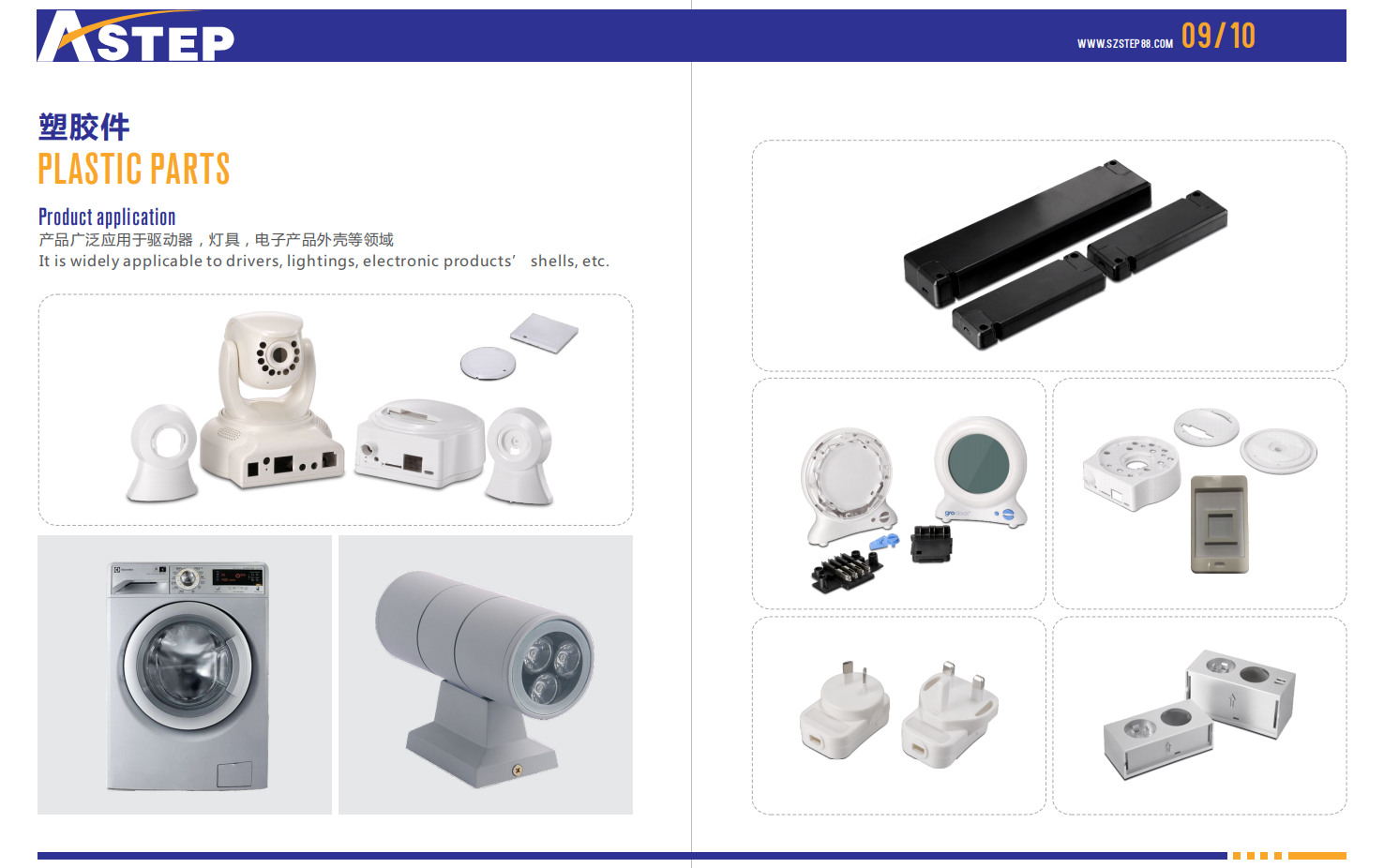
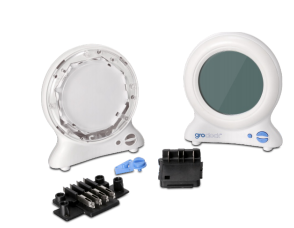
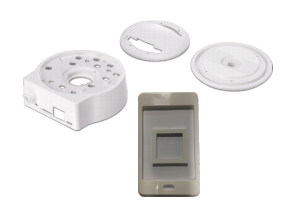
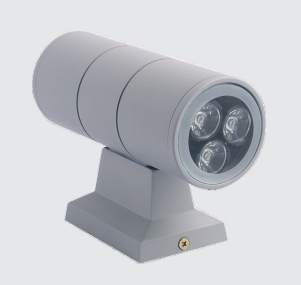
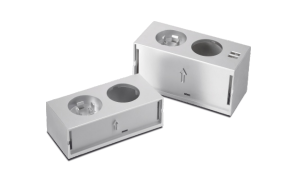

Plastic Injection Parts
Plastic Injection Parts, Plastic Injection electronic, drivers Plastic Injection Parts, lightings Plastic Parts
Shenzhen Jedver Smart Lighting Co., Ltd. , http://www.jederwell.com